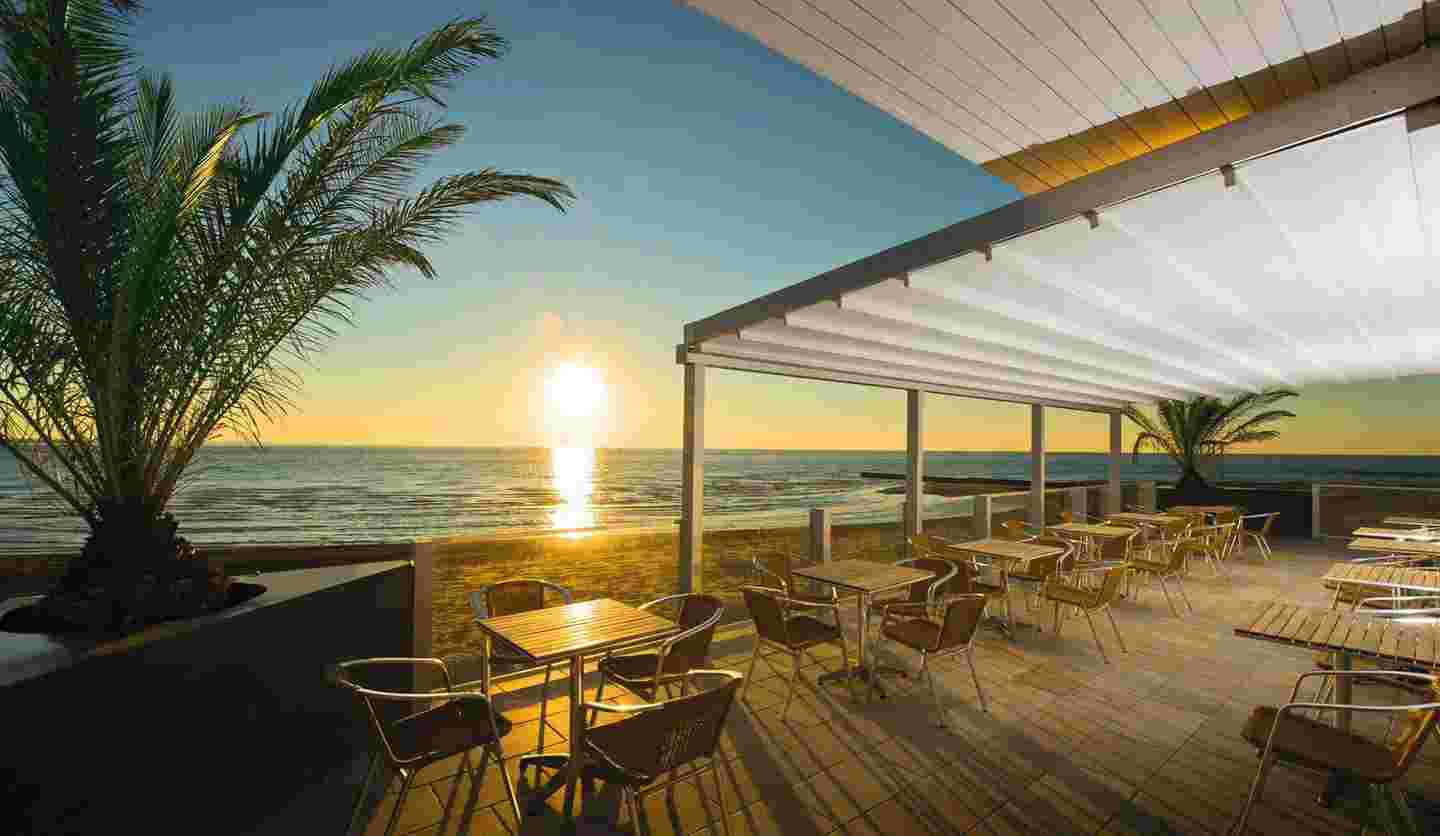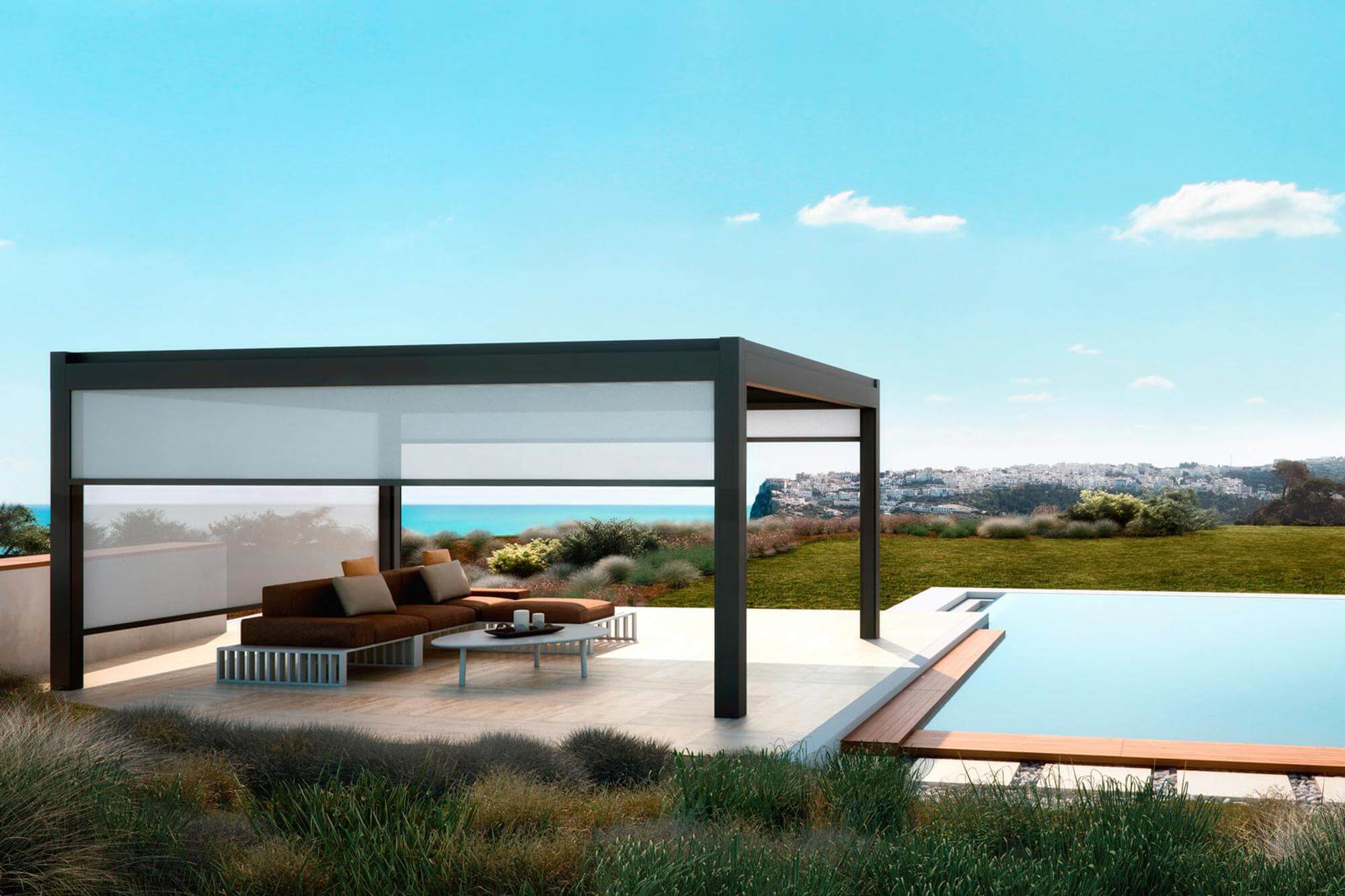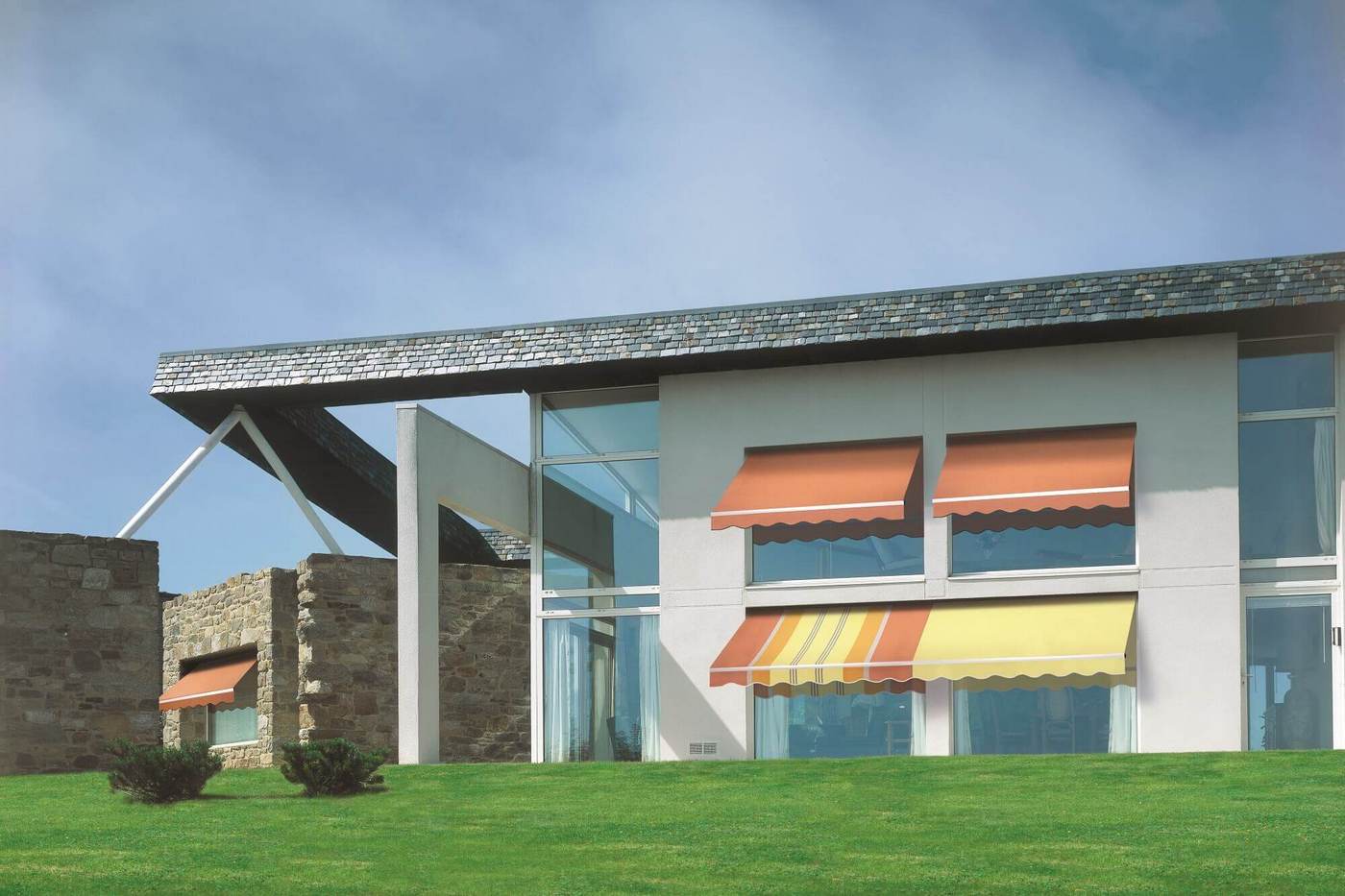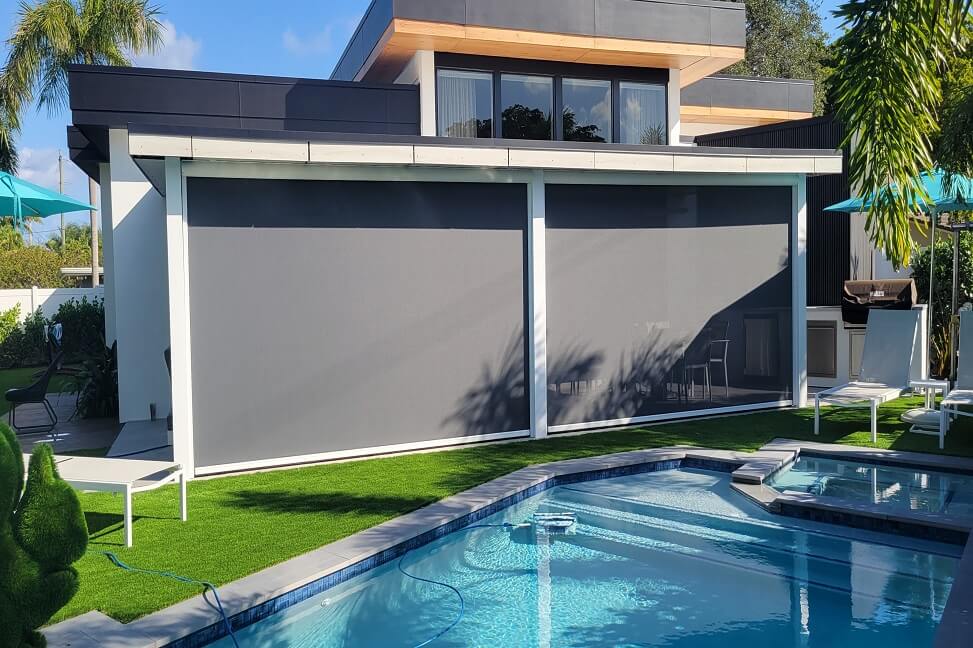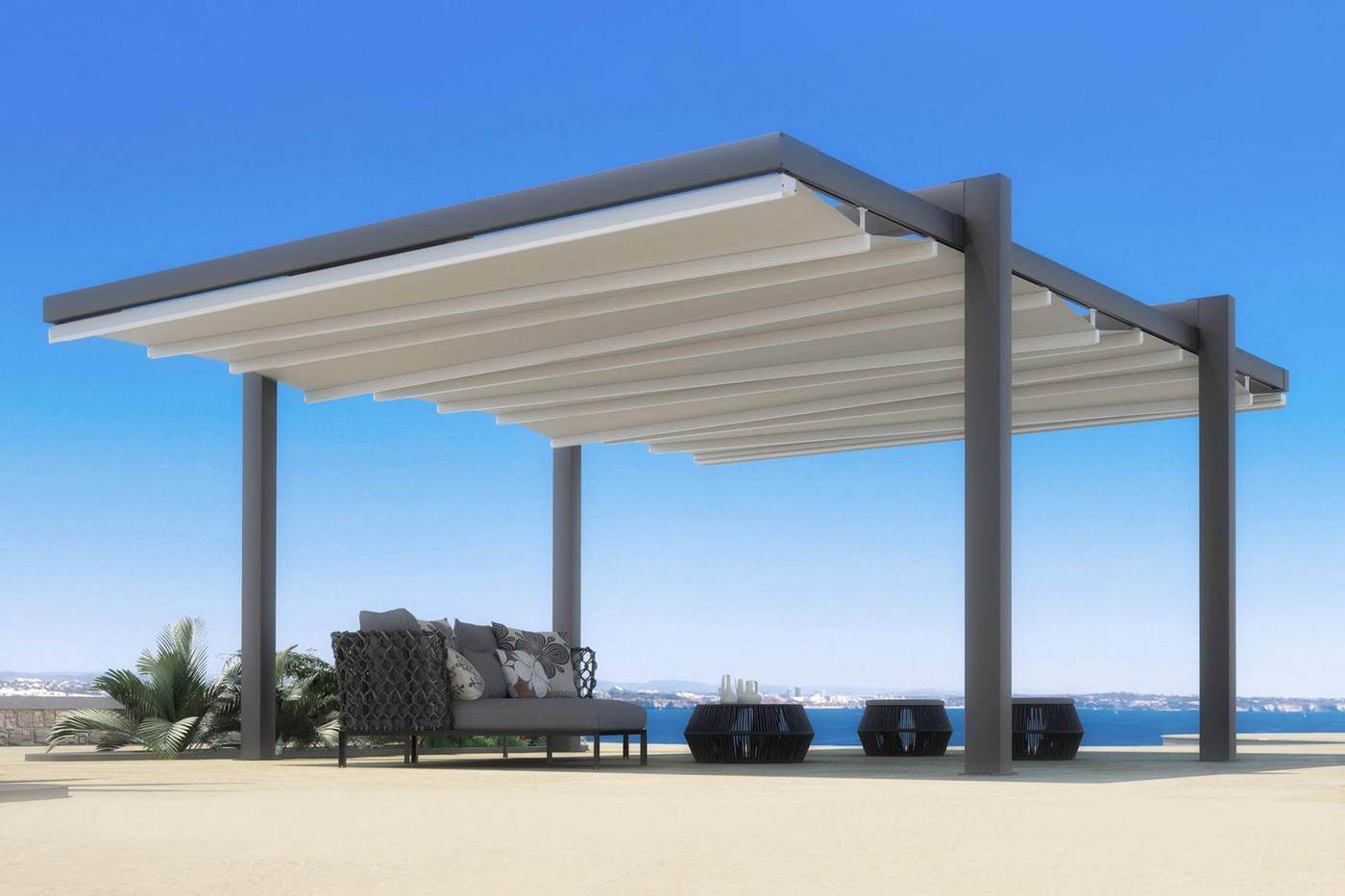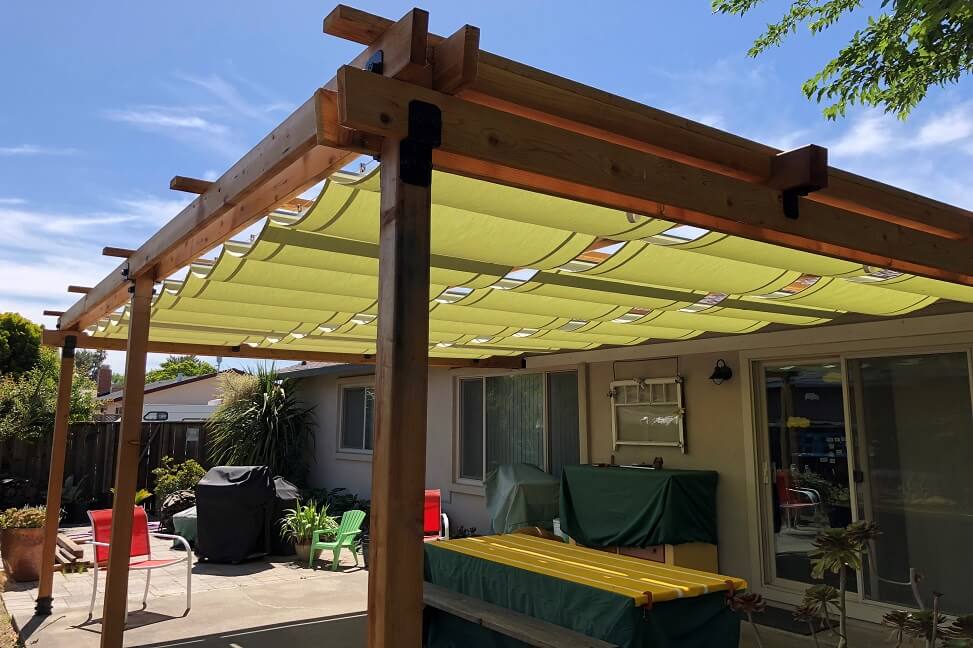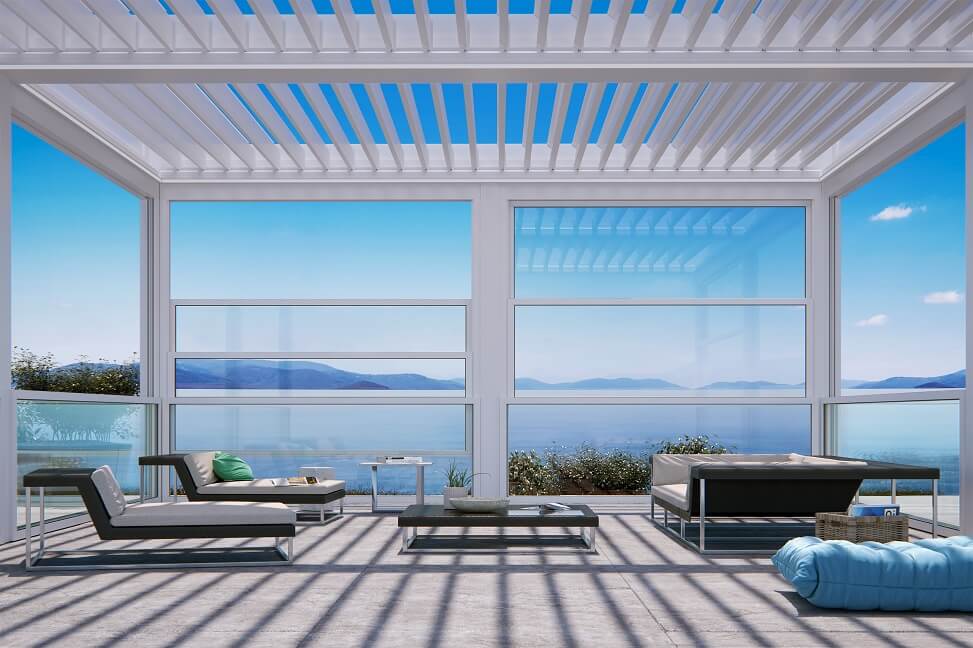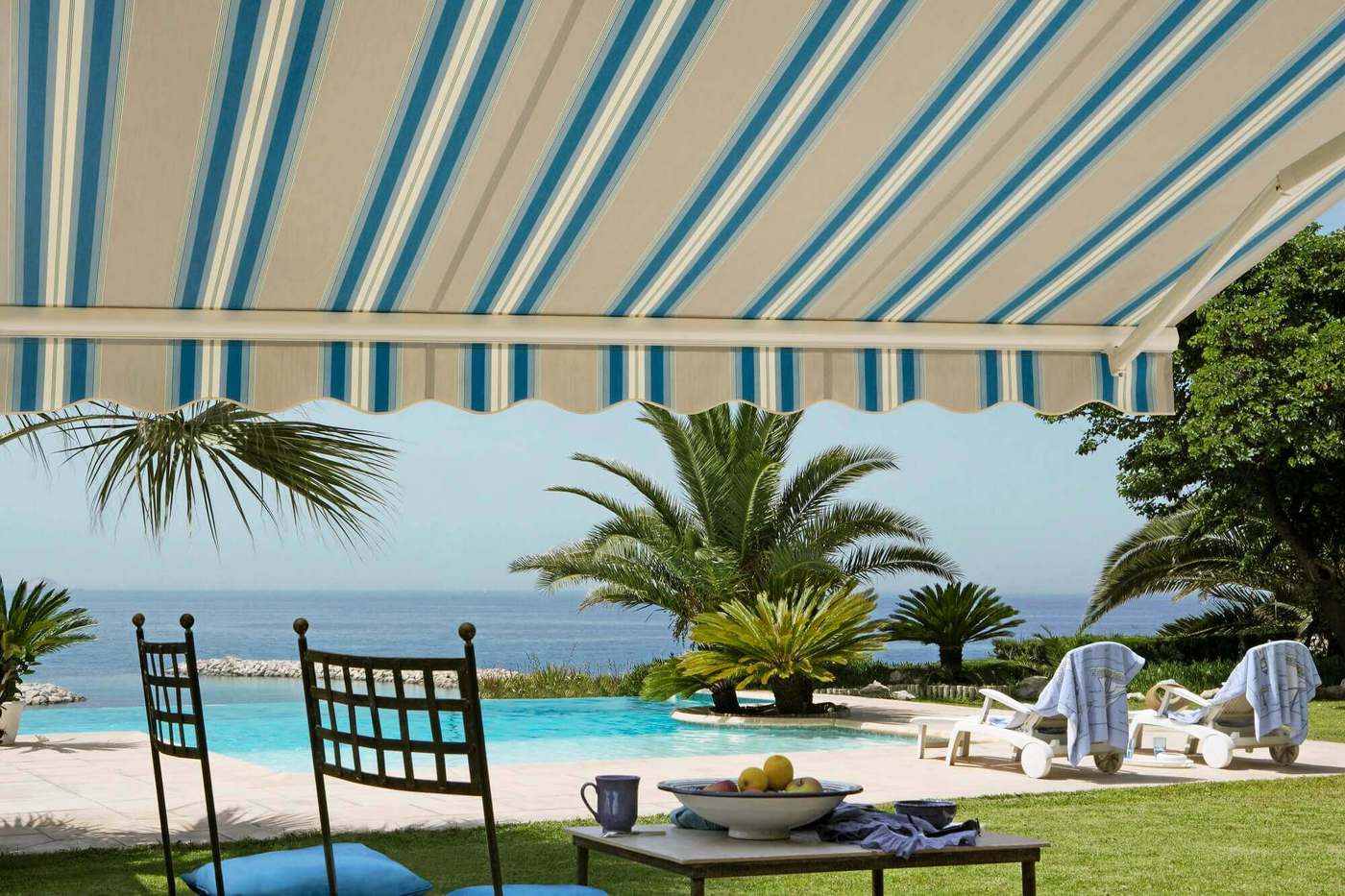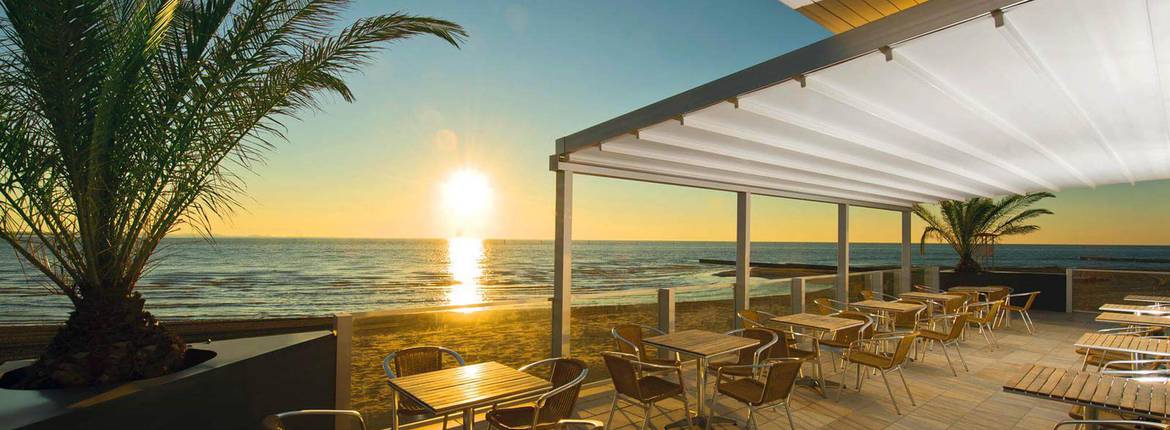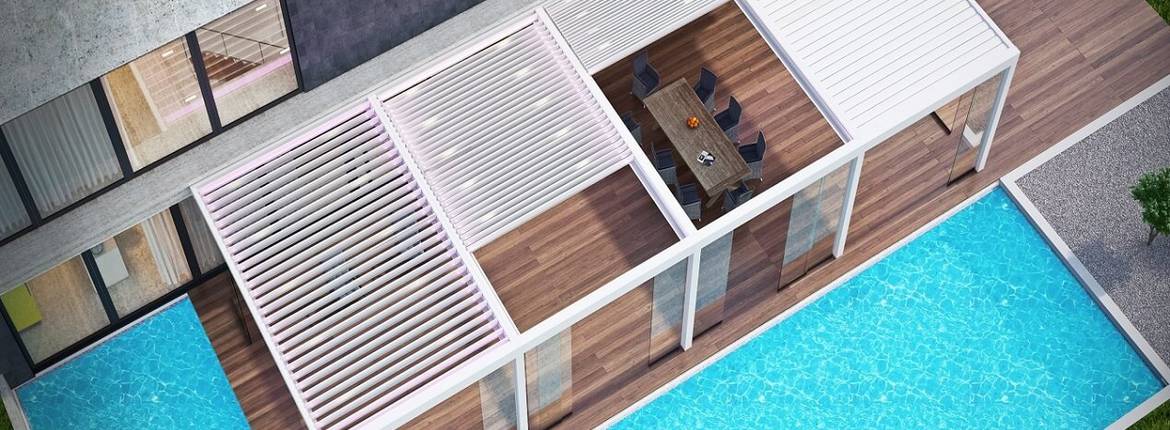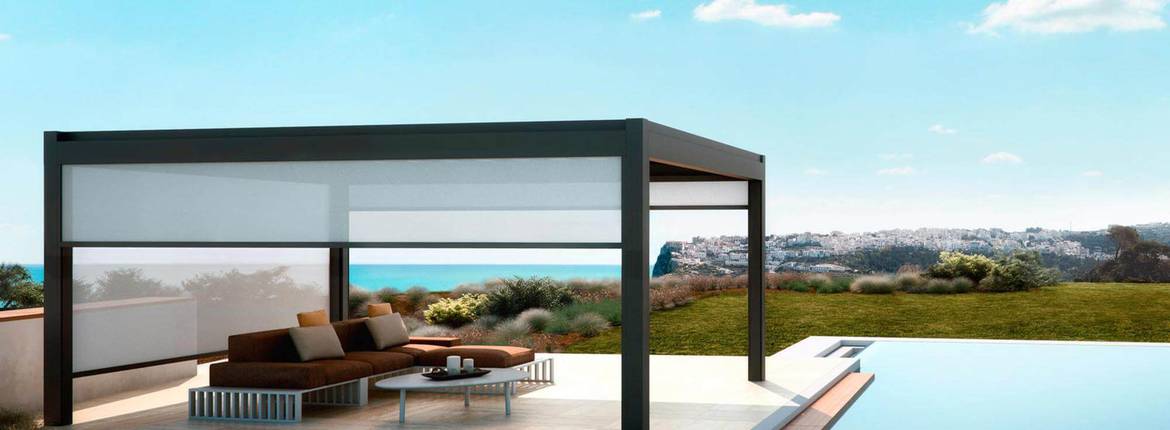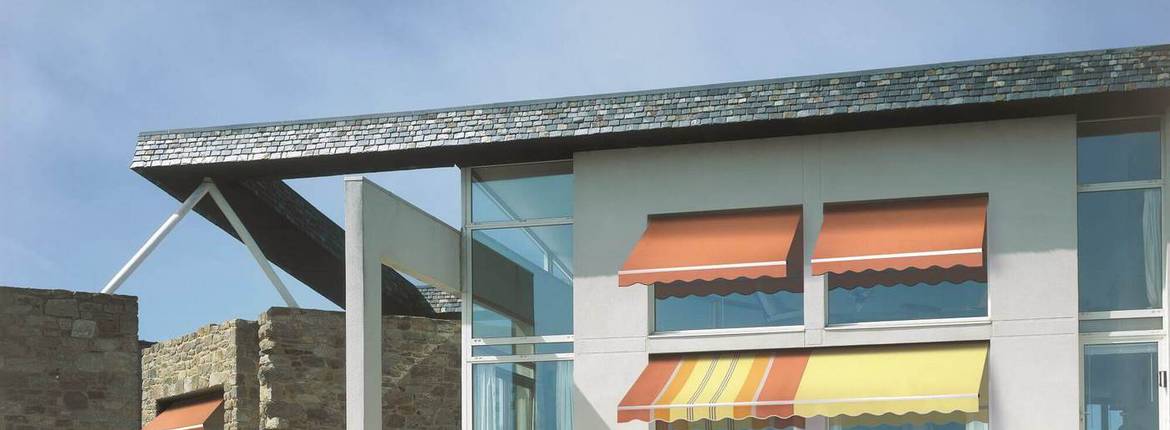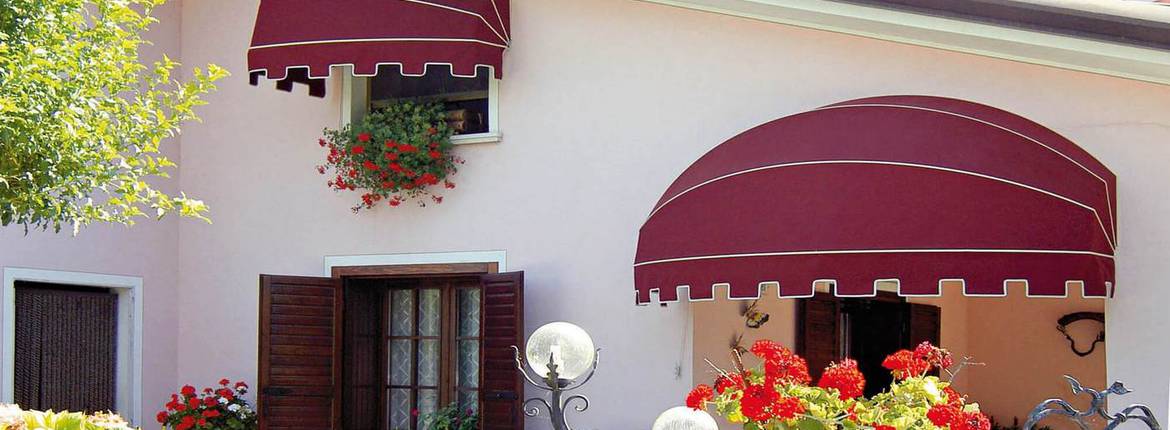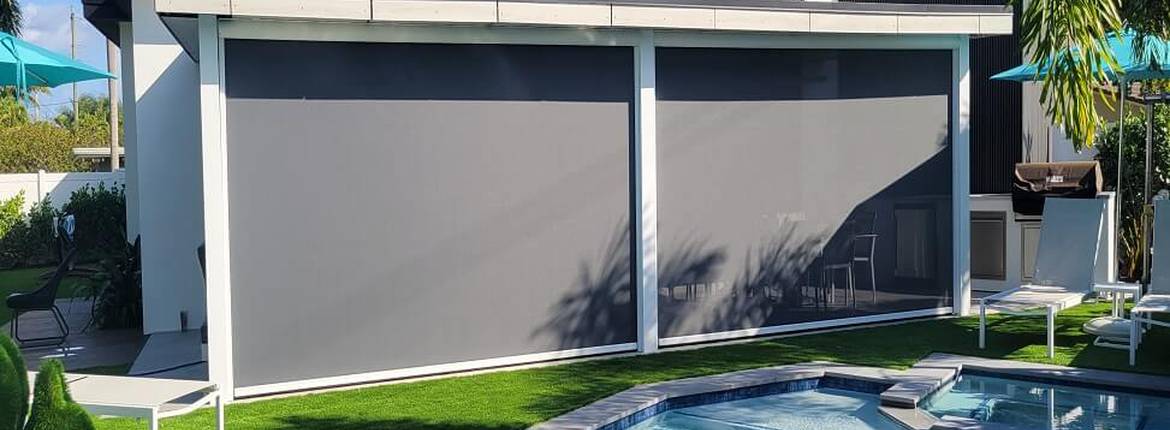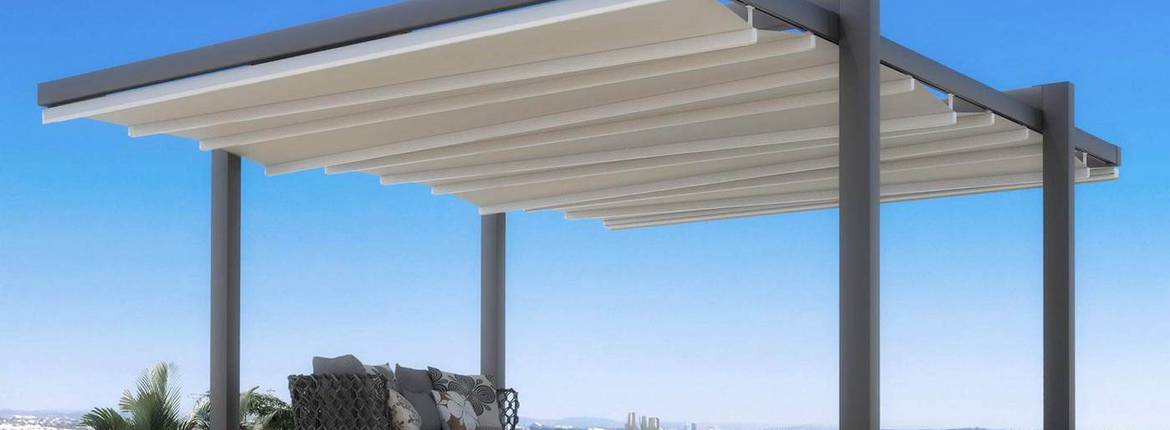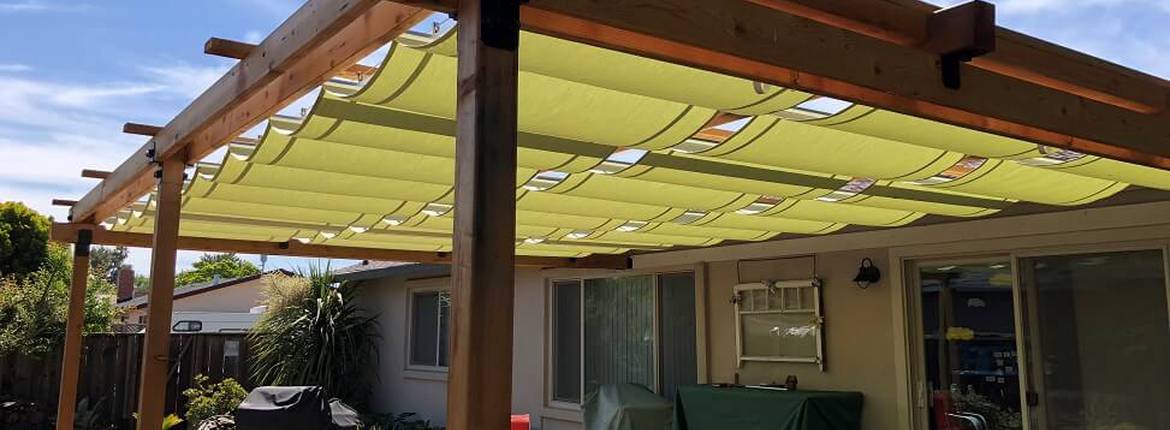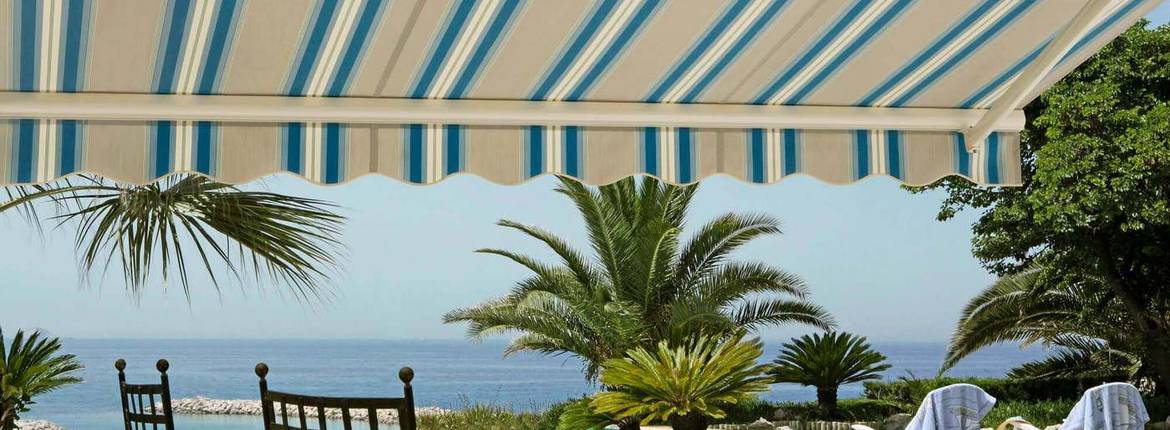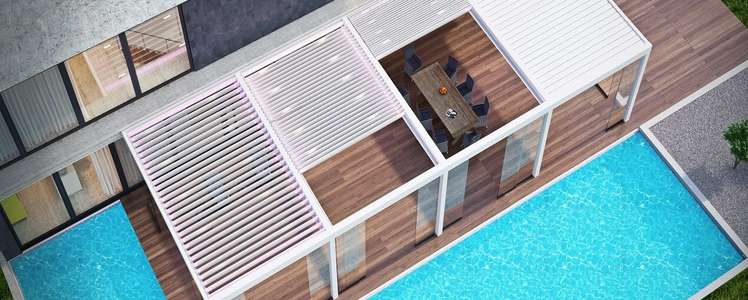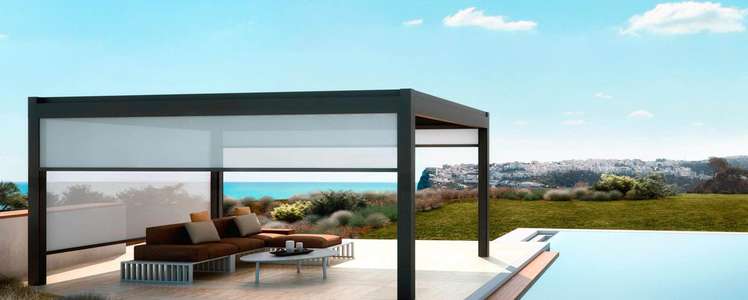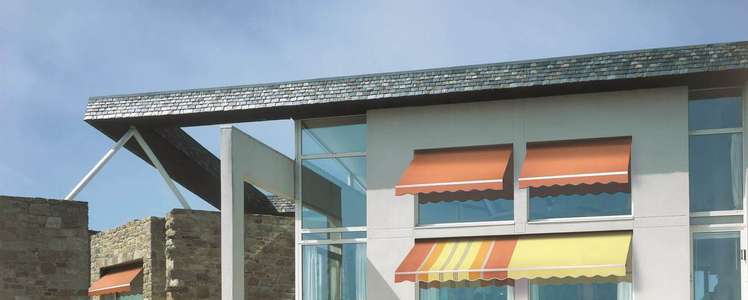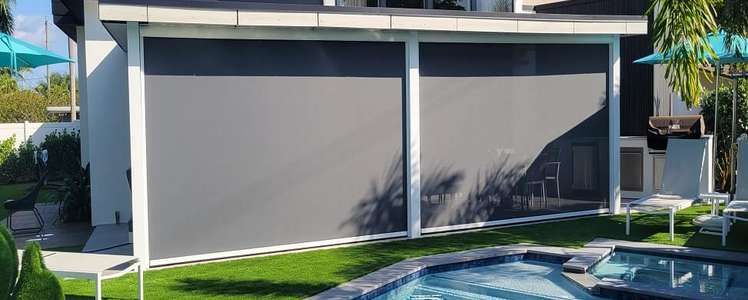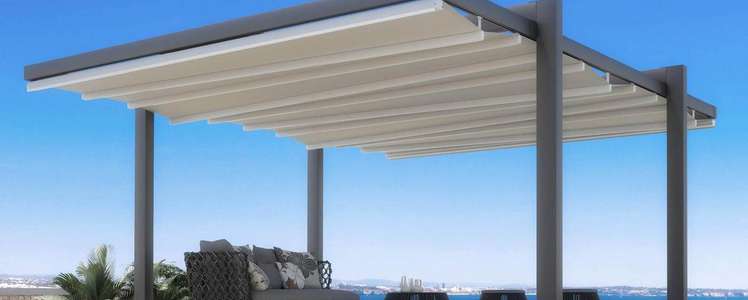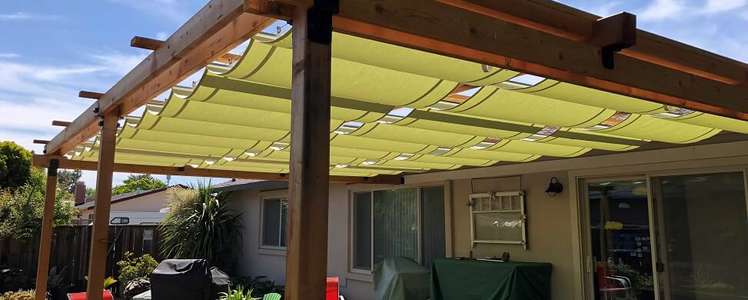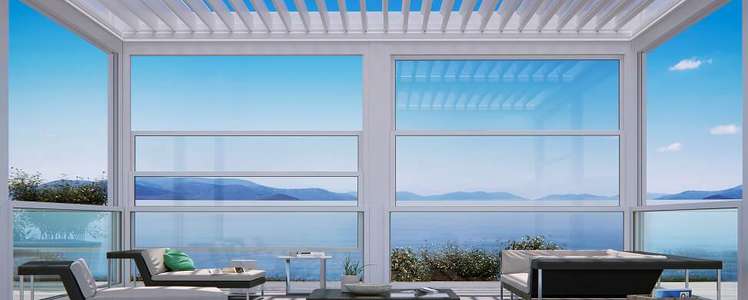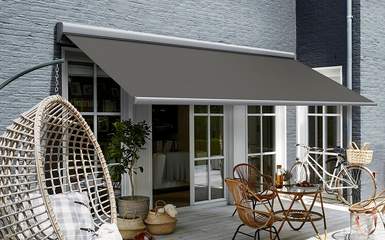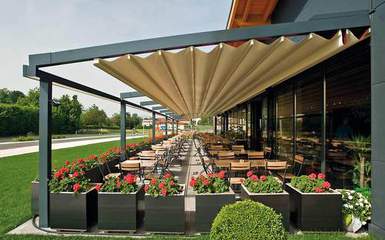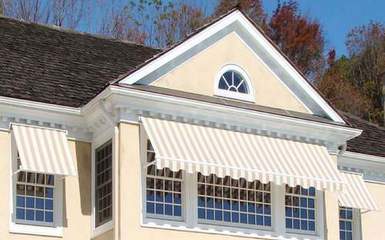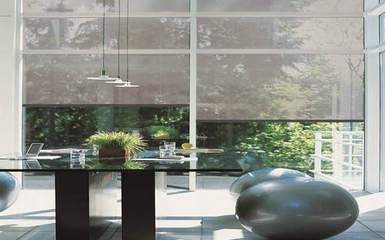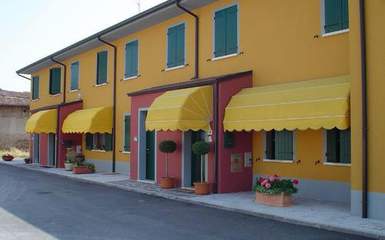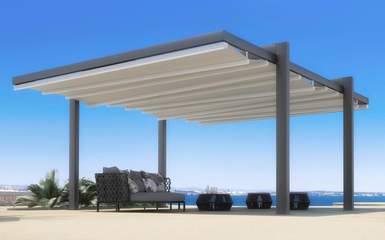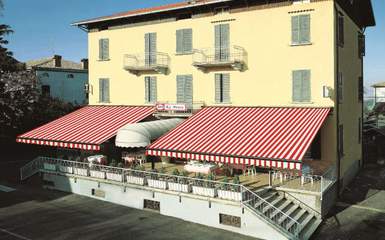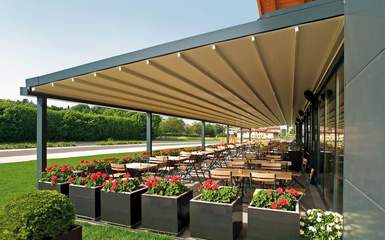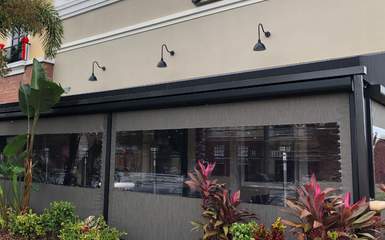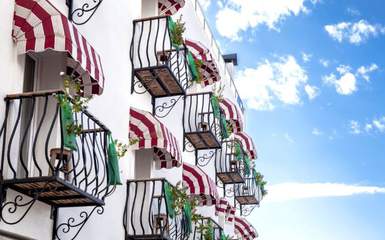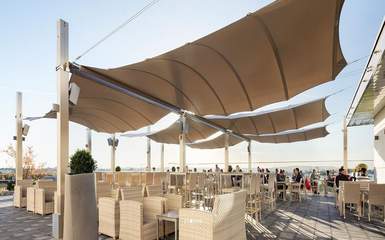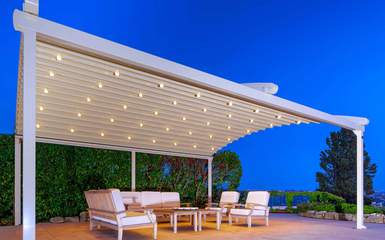Awnings quickly became standard after their introduction in the early 19th century. But who would’ve thought that after almost two hundred years, awnings would still play such a pivotal role in modern architecture, both commercial and residential? Nowadays, it’s challenging not to find a restaurant or a shop with a storefront awning suspended over its premises.
The same goes for homes with backyards or patio decks. The question is, though, what drives business owners and homeowners to install awnings? Well, there are multiple reasons for that. And if you’ve been considering installing an awning yourself, be it for your house or business, this guide will provide you with all the information you need before making the final decision. Here’s a quick breakdown of why and how to take advantage of the many advantages coming with storefront awnings.
Advantages of a Storefront Awning
Once you learn about all the advantages a storefront awning can provide to your home or business, you’ll soon regret not installing it much earlier. But that’s just words. Let us show you how awnings benefit homeowners and business owners alike:
Shade and Shelter
Let’s start with a practical aspect of a canopy awning. It provides shade and shelter. Whether you need protection from UV rays or rain , installing an awning in your patio or above an entrance to your business will do the trick. Of course, awnings aren’t always the perfect solution, but they provide enough shade and shelter to keep a person comfortable. What’s more, awnings do so at a relatively low price.
Improved Curb Appeal
You might not be the biggest fan of canopies, but you have to admit that they can add something special to any building. They just have that charm in them. As a homeowner, this might not be the most important benefit of an awning, but if you’re looking to add some spark to your curb appeal, doing so with a canopy awning will work brilliantly.
And as for commercial awnings, they can generate interest. Trust us on this one. A storefront awning makes a great first impression on tourists or passersby, especially if you opt for a cheerful and eye-catching design. A commercial storefront awning can give your curb appeal the boost it needs to attract more customers inside. Again, all that at a reasonable price.
Improved Brand Visibility
Besides inviting people inside your business, a commercial awning can also help build your brand visibility. By using bold and eye-catching colors to display your brand’s name or logo, potential customers will notice your business immediately. What’s more, if your storefront awning stands out, it guarantees people will remember it, increasing the chances for their return. In other words, if you want to boost traffic and sales without spending a fortune on advertising, commercial awnings can help you do that.
Things to Consider Before Installing Custom Awnings
As you can see, the question shouldn’t be why but rather how to choose storefront awnings for your home or business. And this is precisely what we’re going to deal with now.
Generally speaking, there are several things you ought to consider before installing a storefront awning. Taking a while to do that will help you get the best possible awning to ensure it fits your curb’s style and provide all the advantages you want.
Retractable vs. Stationary Awning
The first thing you need to decide is whether you want a retractable or stationary/fixed/permanent storefront awning. Each option comes with its set of pros and cons, so it’s worth taking a closer look at how they differ.
As the name suggests, retractable awnings are, well, retractable, meaning that you can retract or unroll them at any time. This provides you with more freedom and flexibility. However, this comes at a cost as retractable awnings tend to be more costly than stationary/fixed/permanent awnings. High-quality retractable drop arm or sidearm awnings tend to be more sturdy, and their mechanism can be less prone to damage since they can be closed prior to a storm/high wind In the case of stationary storefront awnings, those are built in a fixed position. Contrary to retractable awnings, it’s impossible to retract them, meaning they will remain in the exact same position the entire year. Stationary awnings are exposed to weather conditions all year round, which can significantly decrease their lifetime and appearance. It also means that they require more maintenance and cleaning.
In conclusion, installing stationary awnings makes sense if you live in an area, where weather conditions are relatively stable. However, if you need an awning you can adapt to the weather, it’s best to install a retractable.
Material
Once you decide on a retractable or stationary storefront awning, it’s time to pick the material. You have several options to pick from when it comes to that, with the main three being vinyl and polyester composite, cotton blend canvas, and acrylic fabric. More on them below:
Vinyl and polyester composite is a long-lasting and durable material. The fabric has gained quite a popularity among awning users, and there are numerous reasons behind that. As mentioned, vinyl and polyester composite are durable but can be subject to cracking. Other than that, the fabric is usually fire-resistant, and waterproof, but is more vulnerable to fading when exposed to the sun. In addition, although PVC does provide shade it will definitely be hot under the awning cover since PVC does not breathe.
Cotton blend canvas provides a more traditional approach to design. It’s not as durable as vinyl and polyester composite but can be water-resistant and long-lasting when properly maintained. What speaks to its advantage is the classic look it can give to an awning, which is why it’s often used for commercial awnings.
Acrylic fabric awnings, more specifically solution-dyed acrylic awnings are more durable than cotton blend ones and vinyl in this aspect since the acrylic fabric does not crack. It’s appreciated chiefly for how resistant it is to rotting, mildew, and UV rays, making it an ideal choice for hot and humid environments. Solution-dyed acrylic fabrics such as Para Tempotest from Italy are breathable allowing hot air to escape from under the awning cover.
Frame
The next item on the list is the frame for your awning. It will keep the entire structure together, so it’s essential to make the right call here. Basically, you can opt either for a wooden or aluminum frame.
Starting with wood frames, these are generally more sturdy but also heavier to install. They may look more appealing, as they usually give a more classic look to an awning. However, maintaining them properly can be a daunting task. That’s because wooden frames are more prone to cracks and weather, meaning you need to spend a lot of time keeping them in their optimal condition.
Aluminum frames might be less sturdy, but their light weight and durability make them a preferable option among homeowners and business owners alike. Aluminum awnings are also more versatile and weather-resistant. With some maintenance, an aluminum storefront awning will serve you for many years to come.
Design
How you design your custom awning in terms of colors depends mostly on whether you’re in search of a commercial or residential awning. In the first case, you should think about the ways to attract customers. That being said, it might be a good idea to choose a color that will catch the eye of passersby. However, in this case, you will also need to consider your local architectural regulations (we’ll cover those in a minute).
As for residential awnings, the style will obviously be primarily dedicated to your overall home design. However, depending on where you live, you might also be forced to take specific laws and regulations into consideration.
Laws and Rental Agreements
Although not every city or town has architectural regulations or permit requirements, it’s a good rule of thumb to ensure you have a free hand when it comes to designing your curb appeal, whether it’s commercial or residential.
For instance, some communities may have rules regarding colors, sizes, and materials, which you must follow when choosing your storefront awning. If you don’t meet these requirements, you might be forced to dismantle your custom awning or even pay a fine if you fail to do so.
In Summary
Installing an entrance canopy on your house or business is a fantastic way to give a new life to your curb appeal. Besides improved aesthetics, a storefront awning will also do a great job protecting you or your customers from UV rays and rain. . What’s more, considering that awnings come at relatively affordable prices - depending on the size and material, of course - you’ll give your house or business the boost it needs without spending a fortune.
However, before you rush to make a decision, scroll through all the fantastic awnings we have to offer, and consider what style you want your awning to be. When it comes to that, you should think about the fabric material, frame, color, and whether to install a product for sun and light protection only or for sun, heavy rain protection or for sun, heavy rain and snow protection. . On top of that, all these calls must be made with respect to your potential community architectural requirements.
It may sound like a lot, but you can be certain that installing a storefront awning is worth all the trouble. If you have any further questions regarding custom awnings, commercial and residential, don’t hesitate to get in touch with our team of European factory-trained experts.
Contact us today, and give your house or business the boost it deserves!
Contact our European trained, experienced retractable residential and commercial awning, pergola, screen, and canopy experts using our contact form, our live help chat, or call us in the USA or Canada toll-free at (866) 438-2964 or outside the USA or Canada at (305) 628-2424.
![Folding Arm Awnings Folding Canopies]()
![Retractable Pergola Covers Awnings]()
![Retractable Drop Arm Awnings]()
![Retractable Patio Screens and Vertical Drop Awnings]()
![Retractable Window Awnings]()
![Retractable Free Standing Awnings and Canopies]()
![Retractable Lateral Arm Awnings]()
![Retractable Pergola Roof Covers]()
![Retractable Side Arm | Drop Arm Awnings]()
![Power Retractable Screens]()
![Retractable Canopies for Commercial Buildings]()
